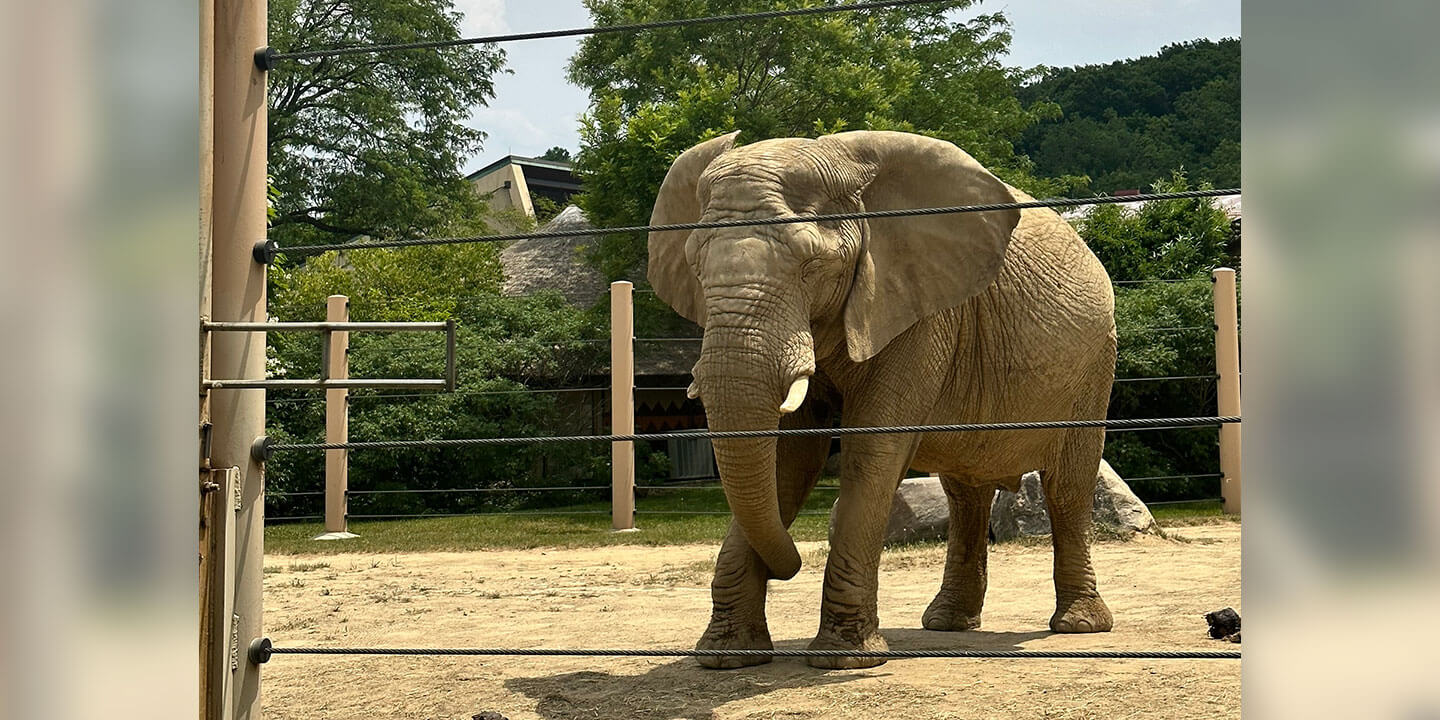
Five Tips for Your Graduate School Application
Education is for life! After their undergraduate years, many college students want to earn a master or doctorate degree and graduate school applications can be extremely competitive, stressful, and overwhelming! Here are 5 tips from my experience applying to graduate school to help support you during your application!
1) Identify someone for a letter of recommendation EARLY!
Letters of recommendation are crucial for your application! Most programs will suggest you ask a professor, faculty member at your school, or supervisor who can speak to your academic, professional, and personal qualities (while family members may have many wonderful things to say about you, I recommend asking someone who is more impartial and can speak to your abilities). It is important to identify your recommender as early as possible so that you can thoroughly discuss a timeline with that person and get your application submitted on time!
2) Update your resume.
Some applications will require a resume (it can also be optional), but you should make sure your resume is up-to-date and relevant to your career goals! Remember that a professional resume is typically one page written in reverse chronological order. I often like to attach a cover page as well to provide more insight about my qualifications. Be sure to include employment positions, awards, or special projects you’ve completed during your undergraduate years... but your time babysitting in high school may not be as relevant anymore!
3) Tackling the Personal Statement.
Almost all applications will ask for a personal statement or a response to a few essay questions. Write what you want to say, not what you think your graduate program wants to hear. Authenticity is key! Tell your personal story and how that led you to choose your specific graduate program. Be creative, avoid cliches, and as I always like to remind myself, there is only one of me and I have a unique story to tell... and so do you!
4) Oh no, there’s an interview!
Don’t panic! While interviews can be nerve-wracking, this is an opportunity for a graduate program to learn more about who you are as a real person rather than just what they can see on paper. Prepare some responses to general interview questions, have that “tell me about yourself” response ready, and most importantly, take a deep breathe! Many graduate schools will want to know how you plan to contribute to their program, what your future ambitions are, if you have any research interests, etc. so don’t be afraid to brag about yourself!
5) Proof, proof, proof.
You’ve finished your application having spent hours filling out your personal information and responding to essay questions... don’t forget to proofread! After all that time and energy, be sure to double-check that the information you provided is correct, there are no typos, and you have completed each section in its entirety. I recommend reviewing your application after a good night's sleep with fresh eyes to ensure you catch any mistakes!
While graduate applications can be stressful, any anxieties are completely normal, and I hope these tips help to relieve some of those nerves! Good luck with your application!
Do you have a compelling story or student success tips you’d like to see published on the Pearson Students blog? If you are a college student and interested in writing for us – click here to pitch your idea and get started!







